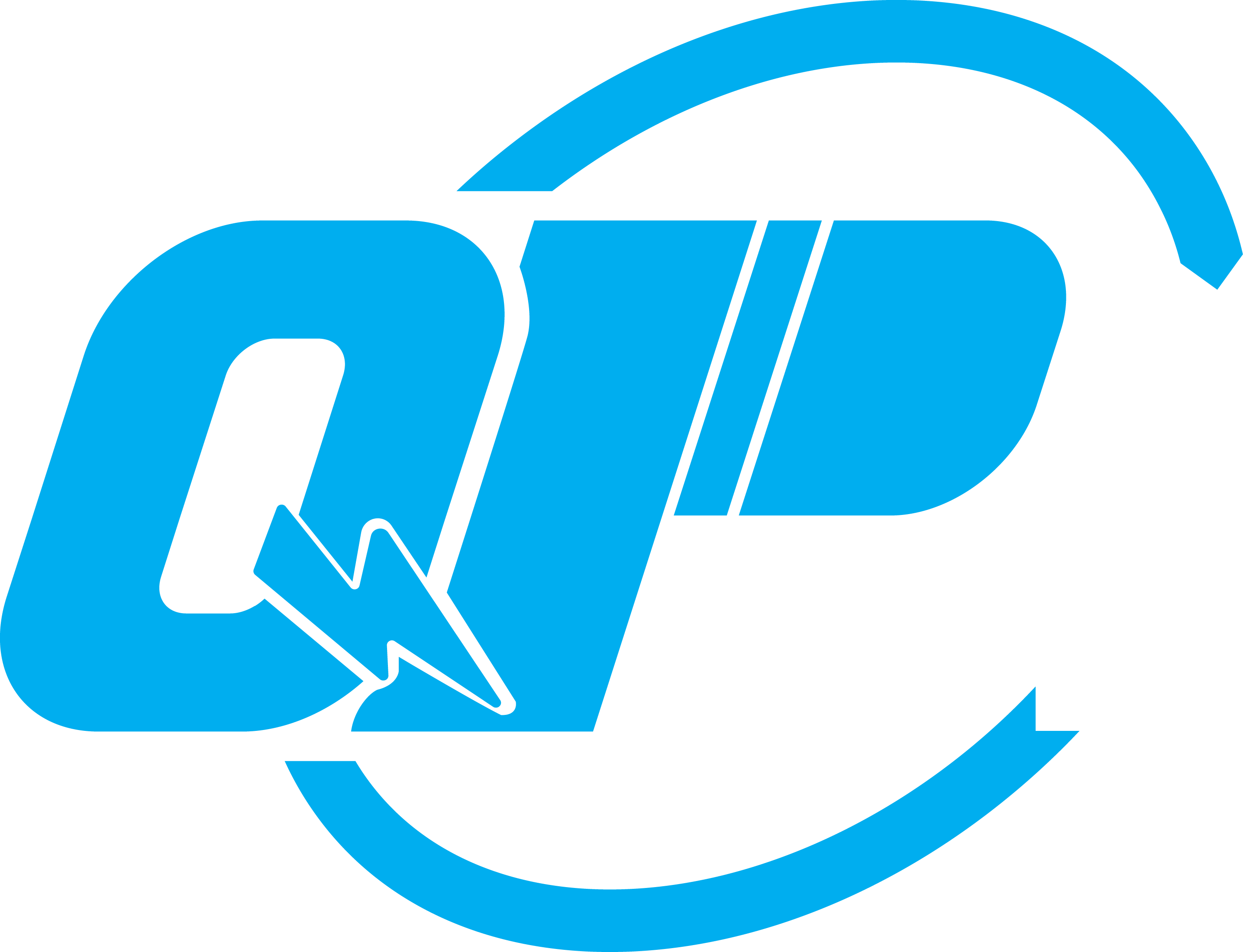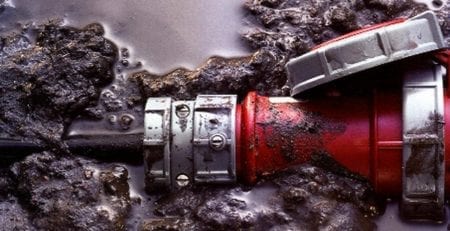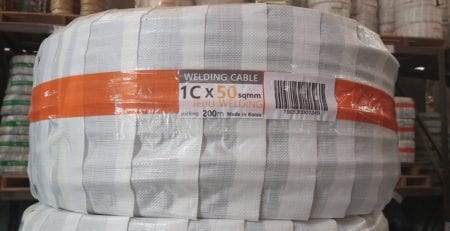Why are enterprises fined by electricity for their unproductive capacity?
Why is there a penalty for unfair capacity???
Public idle power is also known as power resistance. This is the capacity that factories and enterprises have to pay if they use electricity with the coefficient Cos Phi < 0.9. Up to now, many businesses have had to pay a lot of money due to unfair capacity penalties.
For your reference: Installation consultation capacitor capacitor

This level of fine for unfair capacity is prescribed in Circular 15/2014/TT-BCN dated May 28, 2014 of the Ministry of Industry and Trade. The content of regulations on the purchase and sale of reactive power is summarized as follows: The electricity buyer has the capacity to use poles registered in the power purchase agreement of 40kW or more and has a power factor of Cos phi < 0.9 must buy reactive power.
So why are these businesses penalized for unfair capacity???
Most people In charge of the problem, the reply was “They have received a notice from the electricity about this but they have not paid much attention because they think that buying this reactive capacity is not very high, until the electricity bill sends the electricity bill. add the line “VC” in the invoice and require to buy reactive capacity, some units have to pay to buy reactive capacity up to 15 million/month. They only care about this.
How to avoid unfair power fine
Mr. Nguyen Van H, Director of Q Garment Co., Ltd. said that since last October my company has had to pay a fine due to the ineffective capacity up to 35 million VND, I was hired by Mr. Pham Minh Thanh as an electrical engineer. Quan Pham Company advises on installing capacitors in electrical cabinets to increase the cos phi coefficient from 0.86 to 0.95 and my company does not have to pay a monthly penalty due to ineffective capacity.
Mr. H shared, “Currently, I am using RTR capacitor for the factory. This product is from Spain, meets UL (USA) standards, has a warranty of up to 15 months at an affordable price. I am very secure and satisfied”
According to Mr. Nguyen Van D electrical engineer, expert in designing and installing electrical cabinets, capacitor capacitor has more than a dozen years in consulting profession:
To improve the power factor (cos phi) of the power network, a set of capacitors is needed as a source of reactive power. This solution is called reactive power compensation. Mr. D explained: “Inductive loads with low power factor will receive reactive current components from the generator to the distribution transmission system, thus leading to power loss and voltage drop. . When the capacitors are connected in parallel with the load, the capacitive current of the capacitor will have the same path as the inductive component of the load current, so these two currents will cancel each other Ic = IL . So there is no more reactive current through the grid in front of the capacitor location. In particular, we should avoid the motor rating being too large as well as the idling mode of the engine because at this time the power factor of the motor is very small (0.17) due to the amount of active power consumed in idling mode. small.

Compensating capacitors to reduce power loss
Mr. D added, “The advantage of capacitors not only increases the cos phi factor to reduce the power penalty caused by unproductive power, but also allows users to use smaller transformers, switchgear and cables, etc. while lightening the load on the transformer, reducing power loss and voltage drop in the power network.
In addition, the high power factor (cos phi) allows optimization of the power supply elements. At that time, the electrical equipment does not need to be rated for excess. However, to achieve the best results, it is necessary to place capacitors next to each molecule of the device that consumes reactive power.”
So how do you know how much the factory lacks and how much reactive power must be compensated to reduce the fine to the lowest level??? How to choose capacitor???
Mr. D shared, “If we know the capacity (P) of that load or in other words it is the capacity the company has registered to buy with the electricity and the positive power factor of the load, you can calculate it yourself. It is easy to get the power to compensate and know what capacitors you need to use, how much is reasonable”
Assuming :
We register to buy electricity with a load capacity of 270kW
The power factor check before compensation is cosφ1 = 0.75 → tgφ1 = 0.88
The power factor after compensation is Cosφ2 = 0.95 → tgφ2 = 0.33
So the reactive power to be compensated is Qoffset = P ( tgφ1 – tgφ2 )
Qoffset = 270( 0.88 – 0.33 ) = 148.5 (KVAr)
From this data, we choose capacitors in the manufacturer’s catalog table assuming we have a 25KVAr capacitor. To compensate enough for the load, we need to compensate 6 25 KVAr capacitors, the total reactive power is 6×25 = 150(KVAr) with these 6 capacitors we choose a 6-level controller.
And Mr. Linh shared “Price capacitor on market is not high, price is soft, quality, price compensation capacitor dry 25 KVAr as above price is only about 32,000 VND/ 1< strong>KVAR and the cost of assembling 1 cabinet low voltage compensating capacitor 150KVAr about 19,500,000 VND, businesses save quite a large amount of cost compared to having to pay a fine of up to 15 million VND/month, if 1 year, this child can be over 150 million”
As a business, you need to pay attention to the problem of using electricity in factories and enterprises. Don’t lose an unnecessary amount of money because of the useless power penalty that reduces your profits.







Leave a Reply